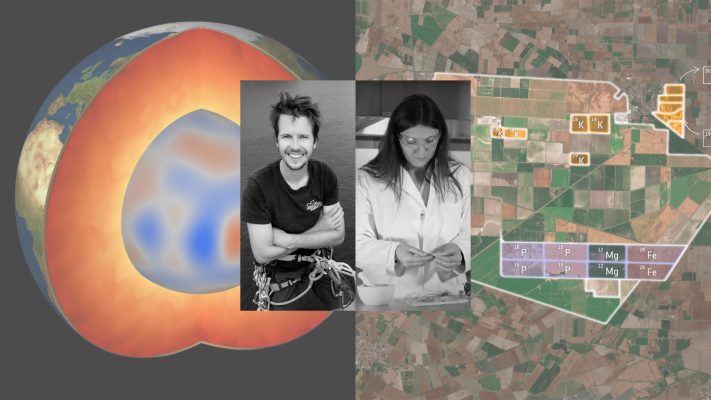Search Results for swarm
4D DYNAMIC EARTH
Prime company: TU DELFT (NL)Satellite observations play a crucial role due to its global and relatively uniform coverage and accuracy. Gravity data from ESA’s GOCE satellite mission provided key information in properly constraining the Earth’s density distribution, as in combination with high resolution seismological data, used in the construction of the WINTERC-G lithosphere model, which was produced in the …
ESA Principal Investigators awarded for contributions to Earth science
Two scientists working on ESA-funded research projects have recently been honoured with prestigious international awards for their exceptional contributions to Earth science and remote sensing. Felix Gerick, from CNES and the Royal Observatory of Belgium, was awarded the prestigious Doornbos Memorial Prize during the Study of the Earth’s Deep Interior (SEDI) conference, held in Great …
F-BURST – mapping of Field -aligned currents in the ionosphere and BURSTYbulk flows in the magnetotail.
Prime company: SWEDISH INSTITUTE OF SPACE PHYSICS (SE)FBURST aims at better understanding the ionosphere-magnetosphere coupling based on multi-spacecraft observations that can monitor the status of the high latitude ionospheric field aligned current system (FAC) and the conditions in the geomagnetic tail. In particular, this project focusses on the fast plasma jets detected at more than 60000 km from the Earth in the …
JOule heating effects on Ionosphere-thermosphere coupling and Neutral density (JOIN)
Prime company: UNIVERSITY OF OULU (FI)Understanding the detailed spatial and temporal dynamics of the space environment is a key task in solar-terrestrial research. This is also a fundamental requisite for providing successful space weather forecasts, such as predicting changes in atmospheric drag experienced by satellites at low-Earth orbits (LEO). The high-latitude auroral ionosphere is connected by magnetic field lines to …
QUID-REGIS
Prime company: DLR – GERMAN AEROSPACE CENTER (DE)The day-to day variability of quiet-time ionosphere is surprisingly high even during periods of negligible solar forcing. Relatively well understood is the high-latitude variability where the solar wind is directly driving the high latitude currents, convection electric field or polar aurorae. But the current understanding does not allow to accurately model the ionospheric state during …

